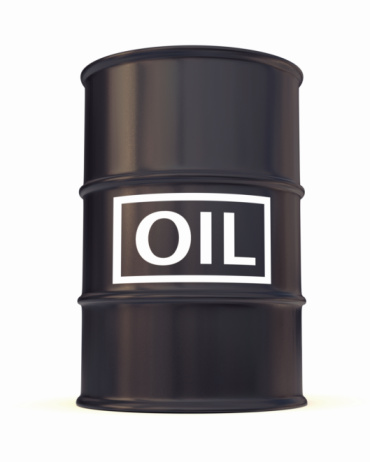
Total gasoline inventories rose by 3.9 million barrels last week and remain in the lower half of the five-year average range. Total motor gasoline supplied averaged 8.6 million barrels a day over the past four weeks — a decline of 0.3% compared with the same period a year ago.
Distillate inventories fell by 800,000 barrels last week and remain well below the lower limit of the average range. Distillate product supplied averaged more than 3.9 million barrels a day over the past four weeks, down 0.8% when compared with the same period last year. Distillate production totaled nearly 4.6 million barrels a day last week, down about 100,000 barrels a day compared with the prior week.
Platts estimated a build of 500,000 barrels in crude inventories, a gain of 1 million barrels in gasoline stocks, and a decline of 150,000 barrels in distillate supplies. The American Petroluem Institute reported a build of 2 million barrels in crude supplies last week.
Crude prices, which had contracted slightly to around $87.00 a barrel before the report was released, have continued to slide. The threat from the fiscal cliff should work to continue putting pressure on crude prices.
For the past week, crude imports averaged 8.1 million barrels a day, an increase of about 350,000 barrels a day from the previous week. Refineries were running at 88.6% of capacity, with daily input of 15.2 million barrels a day, about 285,000 barrels a day more than the previous week.
The United States Oil ETF (NYSEMKT: USO) is down about 1.2% at $31.60 in a 52-week range of $29.02 to $42.30.
The United States Gasoline ETF (NYSEMKT: UGA) is also down about 1.2% at $56.20. The 52-week range is $45.13 to $62.13.
Paul Ausick
Credit card companies are handing out rewards and benefits to win the best customers. A good cash back card can be worth thousands of dollars a year in free money, not to mention other perks like travel, insurance, and access to fancy lounges. See our top picks for the best credit cards today. You won’t want to miss some of these offers.
Flywheel Publishing has partnered with CardRatings for our coverage of credit card products. Flywheel Publishing and CardRatings may receive a commission from card issuers.
Thank you for reading! Have some feedback for us?
Contact the 24/7 Wall St. editorial team.



